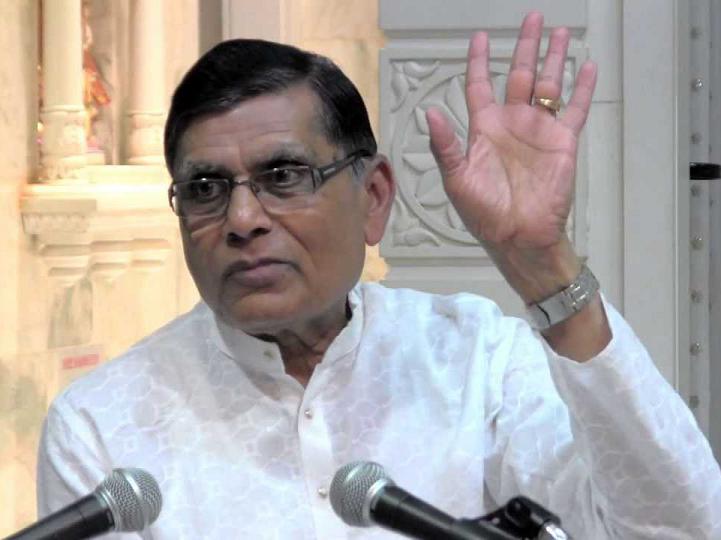A Brief Description of Jainism
 |
Mr. Chandrakant Mehta - Parsippany, NJ
Jainism is as old as nature. It has no beginning and no end. The word “Jain” is derived from the generic term “Jina”. A person who conquers his own inner enemies such as: anger, greed, hatred and achieves the state of supreme being is called Jain. The path to achieve salvation is called “Jainism”.
There are three jewel of Jainism to attain salvation
(1) Choosing the right faith
(2) Acquiring the right knowledge
(3) Observing the right conduct
Jainism rests on four pillars that are Non-violence, Theory of multiplicity of viewpoints, life is sacred, irrespective of not only caste, colour, creed, on nationality but also species at all levels right down to the tiny ant. Non –violence in Jainism is not only hurting or someone by speech or thought.
Lord Mahaveer is the last prophet (Tirhankara) in this era. According to Mahaveer, life is dear to all. Pain and pleasure are equal experienced by all. No one likes pain, injury or violence. He emphasized on showing equal regards for all forms of life. Jainism believes that each soul has the potential of reaching the highest state. Jain philosophy states that a soul, once free of all karmas, is free forever.
Once a year, all Jains get together in the temple for forgiveness. This is the Holiest day of the year, known as ‘day of forgiveness’ for all Jains. They ask pardon of all living creatures.
Jains consume pure vegetarian food. Alcohol, eggs, fish, chicken, or any type of meat is not allowed for any Jain residing in the Universe.
There are approximately 5 million Jains in India and about 100,000 currently live in USA. Jains from all over the world are regarded as caring and peace loving people who believe in non-violence and have great respect for the environment.
-----------------------------------------------------
Mail to : Ahimsa Foundation
www.jainsamaj.org
R8111